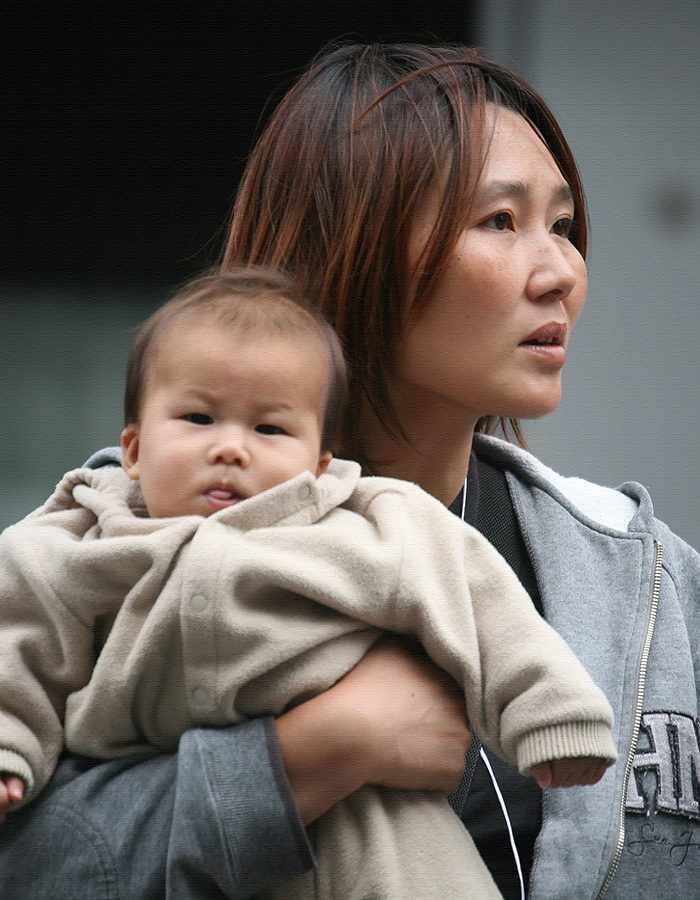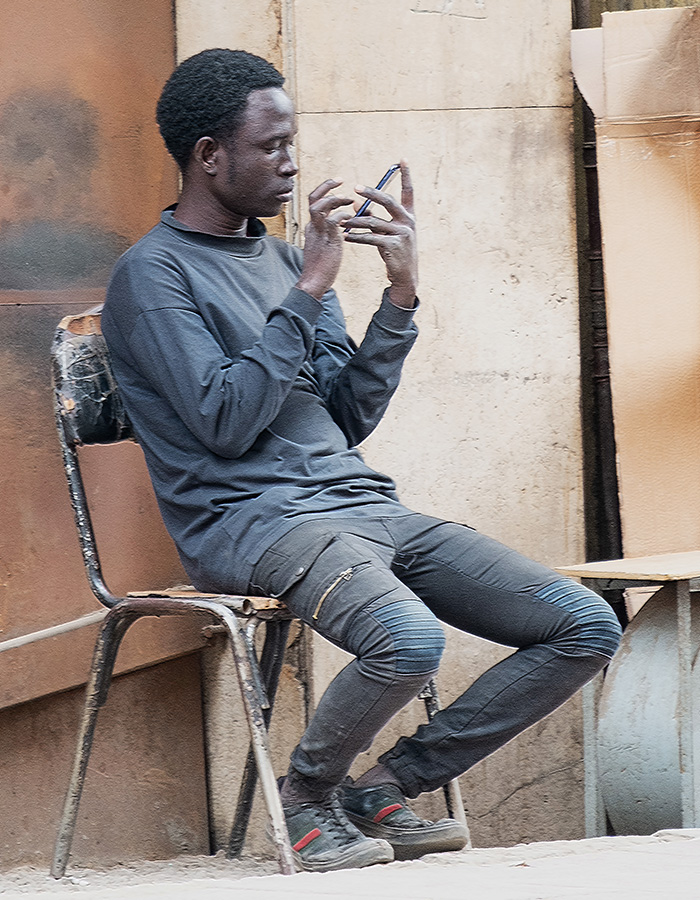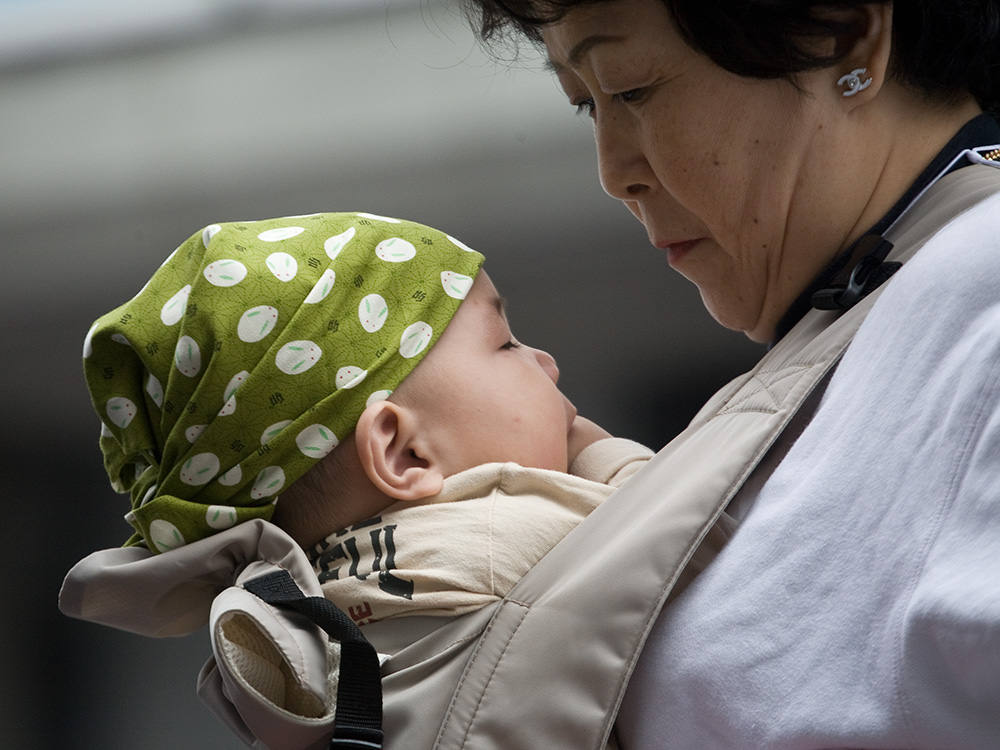When we follow news of the earthquakes in Turkey and Syria, it is easy to think of the people in the tragic scenes as simply inhabitants of a place that is distant and unrelated to us, a place of faceless "victims" of a horrible event. In fact, they are people just like us. Yes, they dress differntly, they speak a different language, and they eat different food than we do, but they are people like us: they have the same hopes, the same dreams, and we all share the smae common humanity.
15 years ago, in a happier time for Urfa, I visited the city. It is one of the nicest places I have been ...the kind of city where I would enjoy living.
The young people in these photos are now adults, perhaps with children of their own. Many of the older people have probably passed on since then. It is sad to imagine their situation today.








